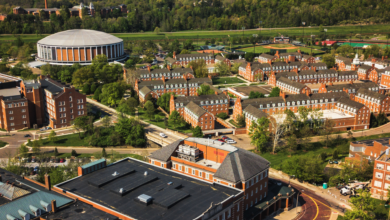Tesla Initiates Recall for Majority of U.S. Sold Vehicles to Address Autopilot Driver Monitoring System

Tesla is recalling over 2 million vehicles in the U.S. to address a faulty system in its Autopilot feature that monitors driver attention. The software update aims to enhance warnings and alerts, restricting areas where basic Autopilot functions can operate. This recall follows a two-year investigation by the National Highway Traffic Safety Administration into crashes involving the Autopilot system, some of which were fatal. The agency found shortcomings in the system’s ability to ensure driver attention, leading to foreseeable misuse. While the recall is seen as a positive step, safety experts argue that it doesn’t fully address the underlying problem of Tesla’s automated systems struggling to detect obstacles. The affected models include Y, S, 3, and X produced between October 2012 and December 2023. Tesla shares initially dipped but recovered amid a broader market rally.
The recall encompasses Tesla models Y, S, 3, and X produced between October 5, 2012, and December 7, 2023, making it one of the largest recalls in the automotive industry. The software update, which includes enhanced controls and alerts, was initiated after the National Highway Traffic Safety Administration (NHTSA) investigated a series of accidents involving the Autopilot system. The NHTSA found shortcomings in the system’s ability to ensure driver attention, resulting in a “foreseeable misuse of the system.”
Despite the recall being considered a positive move, some safety experts argue that the responsibility is still placed on the driver and that the underlying issues with Tesla’s automated systems persist. Critics emphasize the need for stronger regulation, advocating for features such as cameras to monitor driver attention, a practice already implemented by other automakers with similar systems.
For Dillon Angulo, who was seriously injured in a 2019 crash involving a Tesla using Autopilot, the recall doesn’t go far enough. Angulo, who is suing Tesla as he recovers from brain trauma and broken bones, emphasizes the urgency for more stringent measures, stating, “This technology is not safe; we have to get it off the road.”
The software update introduces limitations to where Autosteer, a component of Autopilot, can be used. The system will now provide visual and audible alerts if engaged in inappropriate conditions, and Autosteer will not activate. Depending on the vehicle’s hardware, additional controls include heightened visual alerts, simplified activation/deactivation of Autosteer, and checks for usage on non-controlled access roads or approaching traffic control devices.
The compromise in the software update has drawn criticism from experts like Philip Koopman, who studies autonomous vehicle safety. Koopman argues that the update doesn’t adequately address the lack of night vision cameras to monitor drivers’ eyes and the failure of Teslas to detect and stop for obstacles.
Despite the criticisms, Tesla’s decision to recall and update the software reflects an attempt to address safety concerns and align with regulatory expectations, even if it falls short of satisfying all stakeholders.





